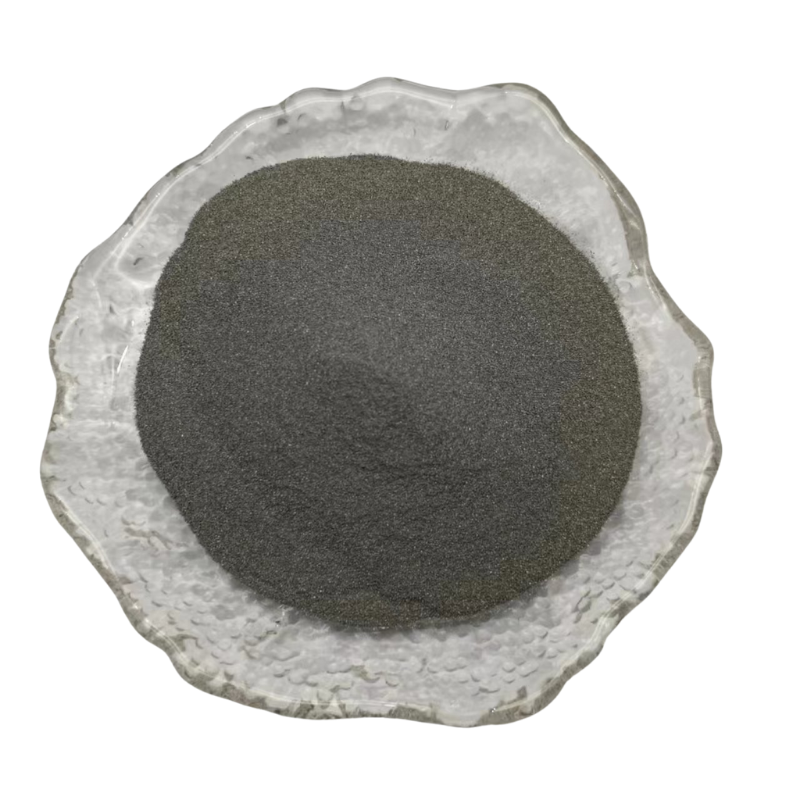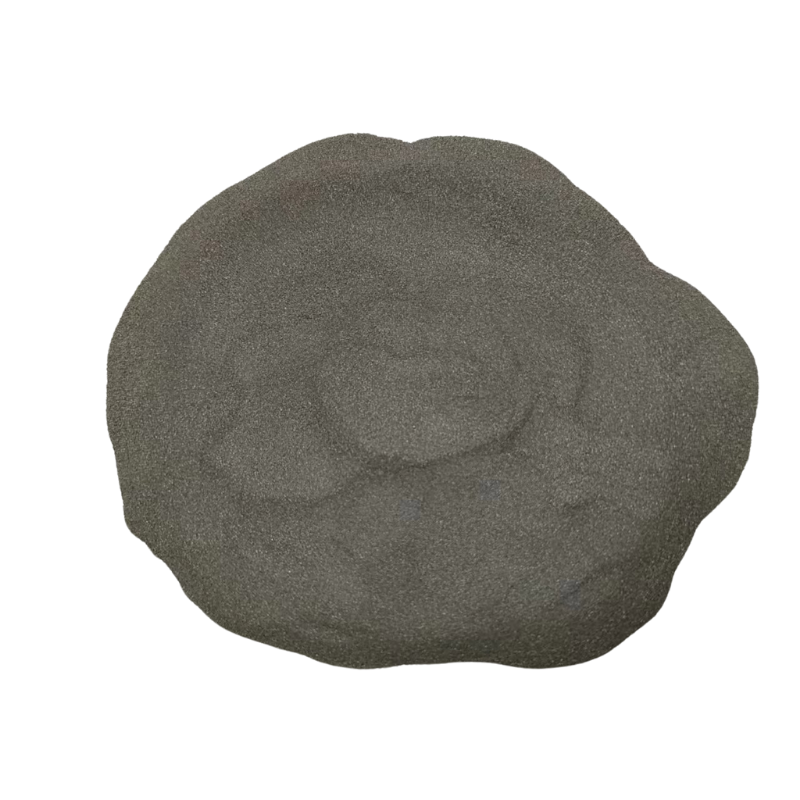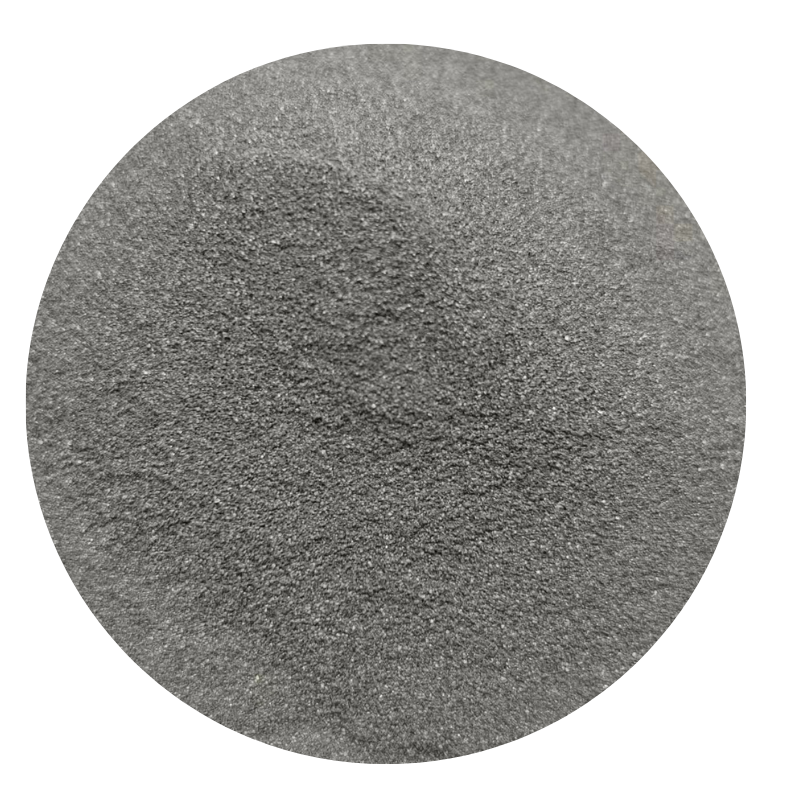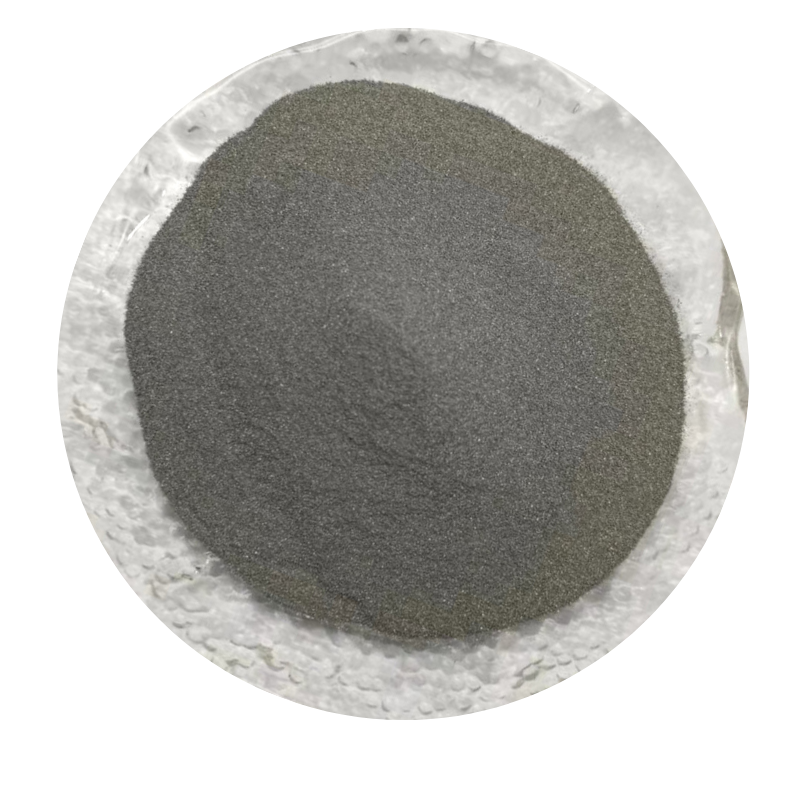
Iron powder is one of the most important metal powders
Iron powder is the main raw material used in the process of powder metallurgy. This unique manufacturing method involves the compacting and sintering of metal powders to create high-quality finished products. Among all the metal powders used in this process, sproszkowane żelazo is the most widely used and important raw material. Its versatility, abundance, and various physical and chemical properties make it an ideal choice for a wide range of applications in industries such as automotive, aerospace, and electronics. In fact, sproszkowane żelazo consumption constitutes about 85% of the total consumption of metal powder in powder metallurgy production.

Iron powder is produced through a process known as atomization. This involves melting iron and then dispersing it into fine droplets using high-pressure gas or water jets. The droplets are then solidified into iron powder particles, which can vary in size depending on the desired application. The size range of sproszkowane żelazo particles can be as small as a few micrometers to as large as a millimeter. The different sizes of sproszkowane żelazo particles offer flexibility and catering to specific requirements of different industries.

One of the major reasons for the widespread use of sproszkowane żelazo in powder metallurgy is its abundance and cost-effectiveness. Iron is one of the most abundant elements on Earth, making it easily accessible and affordable. The production of sproszkowane żelazo is also a cost-effective process, making it an attractive option for various industries. This low-cost aspect plays a significant role in the economic feasibility of powder metallurgy as a manufacturing method, especially for large-scale production.

Moreover, sproszkowane żelazo exhibits excellent physical and chemical properties that contribute to its widespread use in powder metallurgy. The chemical composition of sproszkowane żelazo can be tailored to meet specific requirements and applications. It can be alloyed with other elements such as carbon, chromium, or nickel to enhance its strength, corrosion resistance, or magnetic properties. The physical properties of sproszkowane żelazo, such as its density, flowability, and compressibility, can also be controlled by adjusting the size distribution and morphology of the powder particles. These properties make iron powder suitable for various applications, including structural parts, bearings, gears, filters, and electrical components.

The versatility of sproszkowane żelazo is further enhanced by the various manufacturing techniques that can be employed in powder metallurgy. Iron powder can be compacted into the desired shape using pressure, and then sintered at high temperatures to form a solid component. This process allows for the production of complex shapes and intricate designs that would be difficult to achieve using conventional manufacturing methods. The strength and density of the final product can also be increased by secondary operations such as heat treatment and impregnation.
In conclusion, sproszkowane żelazo is the main raw material used in powder metallurgy, accounting for about 85% of the total consumption of metal powder. Its abundance, cost-effectiveness, and versatile properties make it an ideal choice for a wide range of applications. The various manufacturing techniques that can be employed in powder metallurgy further enhance the versatility and flexibility of iron powder. With its significant contribution to the manufacturing industry, sproszkowane żelazo continues to play a crucial role in the advancement of powder metallurgy.
Udział
-
Volcanic stone has high strength, acid and alkali resistance, corrosion resistance and so on.AktualnościFeb.26,2024
-
Kaolin is a kind of clay and clay rock dominated by kaolinite group clay minerals.AktualnościFeb.23,2024
-
Complete range of mica/composite rock sheet/dyed mica.AktualnościJan.26,2024
-
Factory direct landscaping mulch grinding pine barkAktualnościJan.24,2024
-
Iron powder is one of the most important metal powdersAktualnościJan.22,2024
-
Bentonite cat litter is mainly used for making cat litter, which absorbs water quicklyAktualnościJan.19,2024






